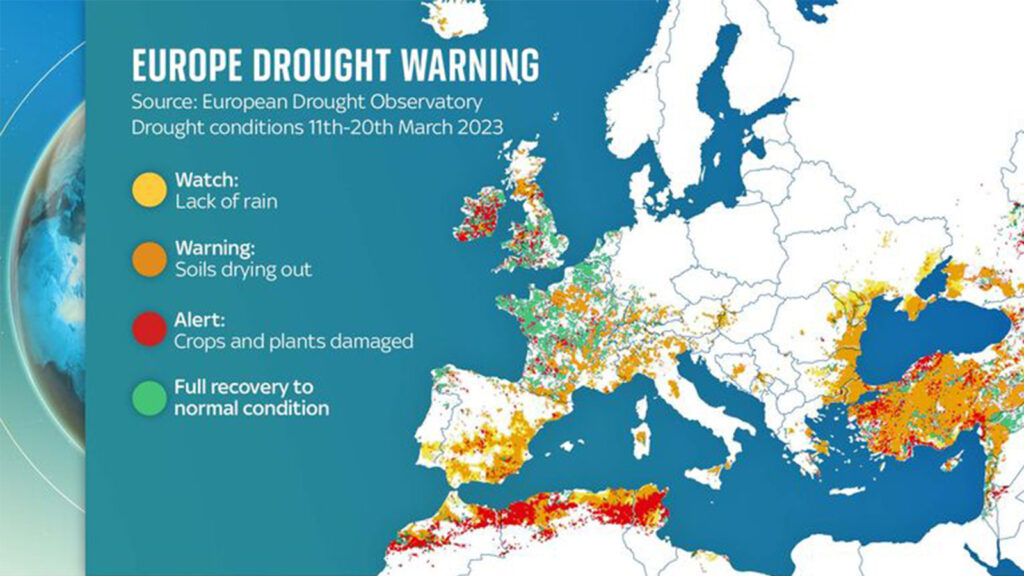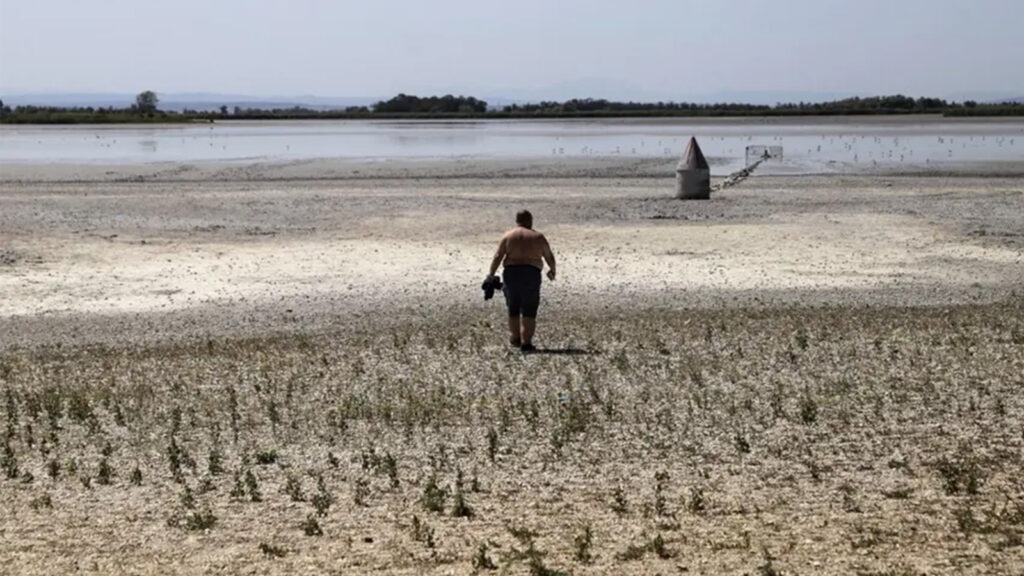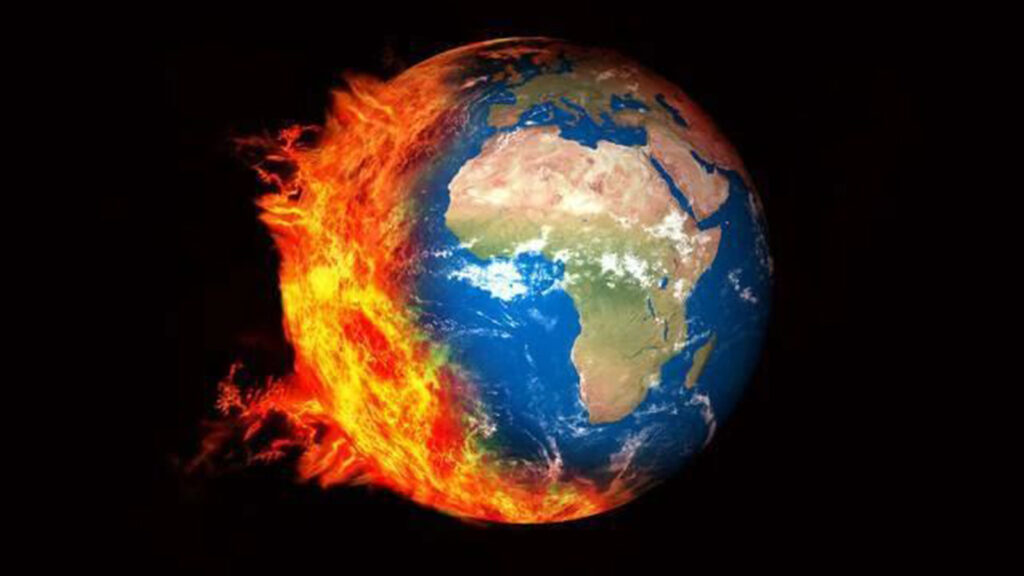In spite of the fact that Europe saw one of the hottest summers ever last year, numerous nations are once again sounding the drought alarm this year. A substantial portion of Europe is experiencing drought, according to the European Drought Observatory, with red denoting the most serious “alert” level, green denoting safety, and darker yellow denoting a more serious drought crisis. It is not too late to install PV because water constraints are expected to have an impact on energy generation and cause a new spike in the cost of gas and electricity.
Table of Contents

In Spain
This March was the hottest March in Spain in the past 100 years since the previous March only had 36% of the historical average precipitation across Spain and the month’s temperatures were 1.8 degrees Celsius above average. This April had 14.2mm on average across Spain, which is about 22% less than last year. In Catalonia, where the drought is worst, some reservoirs are on the verge of drying up, and the region has now banned the opening of private swimming pools and restricted the flow of water for agriculture by 40%. As a result of the drought, the average water level in reservoirs throughout Spain is only 25% of the maximum level.
The highest temperature ever recorded in Spain was 38.8 degrees Celsius in April in the southern city of Cordoba. Two to three warehouse fires occurred in Madrid’s warehouse area alone between last week and today due to the country’s prolonged dry spell, which has lasted for more than 100 days. In addition, the dry weather has caused reservoirs to dry up, crops to be harmed, and a number of other serious repercussions.
A significant producer of fruits and vegetables in Europe, Spain has begun to experience pessimism due to the lack of rain since January and the extremely dry conditions on the land, according to Cristobal Cano, secretary general of the Spanish regional organization the Union of Small Farmers. The drought and lower yields could raise the cost of living in Europe while also raising the price of basic agricultural products.

In Italy
Ramona Magno of the Italian National Research Council indicated that the Po River’s level at the beginning of April was the lowest in thirty years and that precipitation has been below average throughout the Po basin. Reservoir levels in the region, according to Attilio Fontana, president of the Lombardy region, were just half what they had historically been.
The Italian agricultural association Confagricoltura calculates that at least 50,000 farmers are currently impacted, and direct economic losses to agriculture total €1.5 billion. The organisation estimates that the drought last summer cost Italian agriculture €6 billion in damages, and if it persists this year, more than 300,000 farmers will experience losses. The rice, maize, and other important crops harvest this spring are in danger, according to the Italian farmers’ group Coldiretti.

In France
French Environment Minister Christophe Béchu has issued a warning that the amount of water that is accessible may decrease by 10% to 40% over the next several years. The driest February in France since 1959 was marked by 32 days without a drop of precipitation, according to the French Meteorological Office. Perpignan in the Pyrénées-Orientales even suffered extreme weather in April, when the city’s water supply was cut off. Additionally, there are regions in Southern France where using a private pool is punishable by a €1,500 fine. In certain places, people are not allowed to fill up swimming pools or wash their automobiles, while nearby farmers are required to reduce their water use by half.

In Austria
The ecological catastrophe that occurred in Austria’s Thousand Lakes Park last summer was caused by a severe drought, but this year the lake level is still the lowest it has ever been, drying out the Zicke bed and causing visually worrisome fissures. According to Professor Roman, Austria does not lack for water, and its numerous rivers, snowy Alps, and generally warm and humid climate give it a greater water resource than many other regions. However, a series of dry years in a row have decreased groundwater levels in the Austrian lowlands, which is why many lakes are at low levels or have completely dried up.

As summer approaches, there are more and more indications that the summer of 2023 may not be a nice one given the present frequency of extreme weather. The burden of high gas prices and electricity costs will undoubtedly fall on millions of homes. The greatest choice is unquestionably the installation of solar photovoltaic panels, and you may add batteries so that any extra electricity can be sold to the government.
Since its founding in 2008, Maysun Solar has specialized on producing high-quality photovoltaic modules. Choose Maysun Solar because we have high-quality solar panels that will meet your demands; get in touch with us so that we can work together to build a sustainable future!

How to Effectively Clean and Intelligently Maintain Photovoltaic Systems for Optimal Performance?
Explore how scientific cleaning and intelligent maintenance can ensure the efficient operation of commercial and industrial photovoltaic systems. Practical advice covers module cleaning frequency, monitoring system configuration, and long-term strategies for energy savings and performance enhancement.

2025 European Photovoltaic Policy Map: Deployment Paths and Regional Strategies for Commercial and Industrial Photovoltaics
A comprehensive analysis of the 2025 European commercial and industrial photovoltaic policy map, focusing on deployment strategies, incentive comparisons, and zero-investment models to support businesses in achieving an efficient and green transition.

Empowering Factories with Solar Energy A Strategic Tool for Controlling Production Electricity Costs
Commercial and industrial solar is becoming a key solution for factories to reduce electricity costs and hedge against price fluctuations. This article systematically analyzes its deployment models, cost advantages, and sustainable value pathways.

How Businesses Can Offset Carbon Taxes with Solar Power
This article analyzes the latest carbon tax policies and photovoltaic deduction strategies, helping European businesses legally reduce taxes, increase profits through solar investment, and achieve a win-win situation for both economy and environment.

Forecast and Response: Seizing the Next Decade’s Growth Dividend in Europe’s Commercial and Industrial Photovoltaics Market
Maysun Solar analyzes the growth trends of commercial and industrial photovoltaics in Europe over the next ten years, from policies and ESG to technological innovation, helping companies seize the initiative in the energy transition.

How to Calculate Solar System ROI and Optimize Long-Term Returns?
Solar power is becoming a key solution for businesses to reduce costs and improve efficiency. Accurately calculating ROI and optimizing long-term returns are essential to maximizing investment value.



